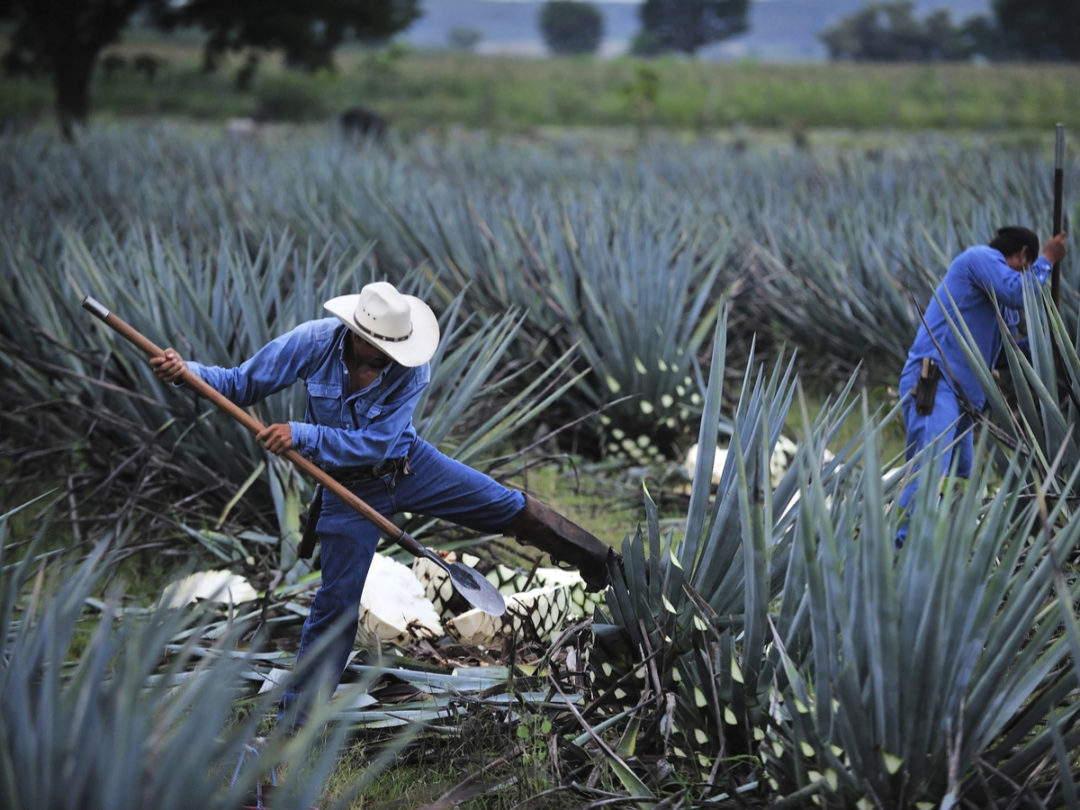
The term “forensic science” conjures up images of police dramas and crime investigations. But it turns out to have a strong connection to global supply chains as well.
Need to follow a product all the back to its origin? Forensic science assigns that item a unique geo-chemical fingerprint that enables full traceability.
Every agricultural product absorbs the environment in which it’s grown. It bears chemical traces of elements that are determined by soil type, rainfall and terrain, according to Grant Cochrane, chief executive officer of Oritain. The company provides testing and tracing capability to a broad range of industries, including food and beverage, textile, pharmaceutical and luxury goods.
The technology actually has its roots in crime detection. Cochrane relates the story of the headless, handless body of a boy found floating in the Thames river near London Bridge in 2001. Investigators were able to trace it back to Benin City, Nigeria through identification of a unique strontium isotope.
The use of forensic science for criminal investigations stretches back decades, but only in the last four to five years has it come to be employed for everyday supply-chain requirements. For the pharmaceutical and healthcare giant Roche, for example, Oritain samples a product at the retailer, then applies a series of algorithms against a library of “fingerprints” to ensure that its origin is valid. “Once you’ve built up a database, it’s simple to say that this is consistent,” Cochrane says.
Other examples of modern-day applications include confirming the authenticity of dairy powder exports to China, and the integrity of France’s venerable Champagne appellation.
Test results can be obtained with a few days or possibly weeks, depending on the complexity of the search and the reach of the supply chain in question. Cochrane says Oritain generally engages with clients on a long-term basis, an arrangement that helps to bring down the cost of each individual test.
The occurrence of fraudulent product within a supply chain can have severe repercussions, including the complete shutdown of production or loss of entire markets. According to the Congressional Research Service, an estimated 10 percent of commercially sold food products is affected by fraud, costing the global food industry between $10bn and $15bn a year.
Geo-chemical fingerprinting can trace an agricultural product all the way back to the specific farm, and then some. For example, it can discriminate between eggs from caged and free-range chickens residing on the same property, even if they’re of the same breed and receiving the same feed. The judgment can come down to a matter of parts per billion, although the most exacting tests tend to be reserved for the highest-value products because of the cost involved.
As with any relatively new technology, the widespread use of scientific traceability for the supply chain will take time. “It’s not a simple off-the-shelf solution,” notes Cochrane. “But the science is well accepted. It has stood up in court a large number of times.”
The tool recently got a push with the establishment of a partnership between Oritain and Bureau Veritas Consumer Products Services. The latter provides testing, inspection and certification for the global consumer, electrical, wireless and automotive sectors.
Bureau Veritas expects to use the technology for factory and facility audits, production verification, and information management. Its web-based platform manages test reports, audit reports and corrective-action plans.
Scientific traceability is also being factored into Bureau Veritas’s recent introduction of a blockchain for replicating the full lifecycle of agricultural and food products. Current areas of focus include cotton and other fibers, with an eye toward eliminating forced and child labor from those supply chains.
Conflict minerals, found in numerous electronics products, represent another area that’s ripe for the use of forensic traceability. Historically, it has been nearly impossible to trace the origin of a given mineral all the way back to the mine. But with the use of spectroscopy systems, testers can distinguish between, say, tantalite ores from different geographical regions. That allows manufacturers to identify and eliminate minerals from conflict-riven locations such as targeted mines within the Democratic Republic of the Congo.
“In this day and age, plausible deniability is no longer an effective response to the questions of who, what, where, and when,” said Rajan Kamalanathan, vice president of Bureau Veritas Consumer Products Services. “Companies must have full view of their entire supply chain and be able to answer those questions expeditiously.”
The coming of blockchain, even in its early stages, raises awareness of the complexity of global supply chains, says Cochrane. And that gets producers thinking about the need for full traceability.
Cochrane expects acceptability of the tool to broaden as companies integrate it with other systems. And, like any other new technology, the cost of testing will likely drop in the years ahead. “The more it’s used,” he says, “the cheaper it becomes.”
As for Oritain, it expects to pursue additional blockchain projects that draw on forensic techniques for recording and discovering the progress of products throughout their supply chains.
The science is likely to further mature in the meantime. Already today, though, “it’s well and fit for commercial use,” says Cochrane.







